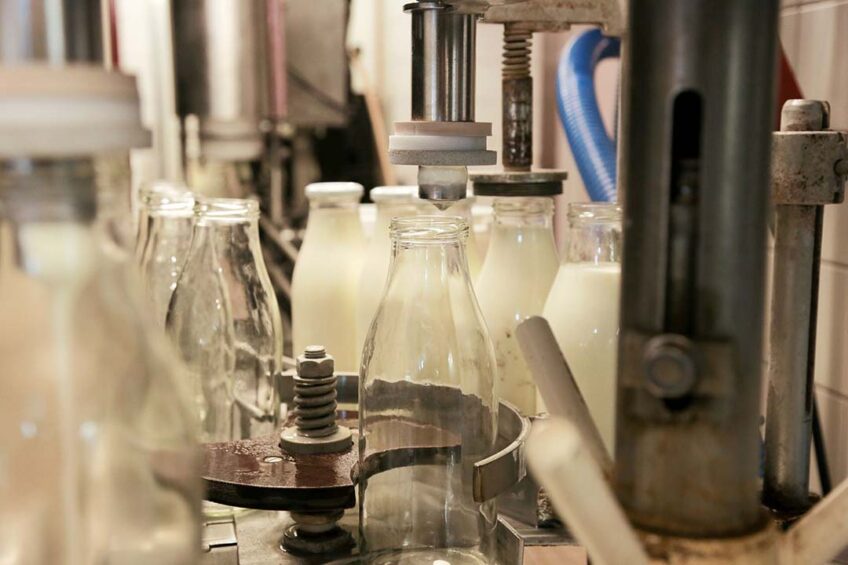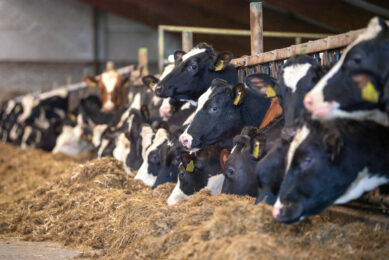China cuts dairy imports as domestic production rises

Imports of dairy products into China fell by 12% last year due to increased domestic production and weaker consumer demand.
Although they still totalled 2.6 million tonnes in 2023, China imported reduced levels of milk powders, liquid milk and cream. The decrease in powder imports was driven by a significant reduction in WMP volume, down 38% year-on-year. In contrast, SMP imports saw some milk growth, with volumes up 3% in 2023 compared to 2022.
At the same time, USDA figures show Chinese milk production totalled 41 million tonnes last year – up 4.6% on 2022 and a 28% rise on 2019 figures.
Becky Smith, Agriculture and Horticulture Development Board (AHDB) analyst, said the other major driver was the change in the Chinese economy and its influence on demand, especially for dairy in the foodservice sector. She said the economy had not recovered in the way many had hoped post-Covid with a pessimistic outlook for the rest of the year, further reducing demand as consumers tighten purse-strings.
“This is seen especially in food service, where dairy is often incorporated in treat dishes such as a pizza or baked goods,” she added.
China’s domestic production
With Chinese domestic milk production increasing, the need to import liquid milk and powders reduces and this is expected to continue throughout this year and beyond, which in turn are set to have knock-on effects in the global dairy trade, reducing demand and potentially softening prices.
Smith said New Zealand remained the largest exporter of dairy products to China with a 42% market share in 2023. Just under half of this volume is made up of powders, with milk and cream making up a further 30%.
Other key importers include the US, where 90% of products were whey or whey products, Germany and Australia. The UK holds a 1% market share in Chinese dairy imports, with 72% milk and cream in 2023, equating to 16,000 tonnes.
Import volumes declined for all key regions into China, with New Zealand imports down nearly 183,000 tonnes in 2023, which may lead the country to look at alternative markets for products or diversifying production – for example, into cheese.
Looking ahead, it seems likely that the Chinese population growth will stall and result in slow consumption growth, especially for liquid milk and powders. But China’s domestic production of high-value products, such as cheese and butter, is currently limited by processing capacity, so there is potential in this area for use in bakeries and foodservice sectors.
Chinese cheese consumption has increased over the past few years with a 16% compound growth rate between 2012 and 2022. In volume terms, Rabobank predicts that China’s cheese import demand will reach between 270,000 and 320,000 tonnes by 2030, providing an opportunity for UK exports, added Smith.
Join 13,000+ subscribers
Subscribe to our newsletter to stay updated about all the need-to-know content in the dairy sector, two times a week.










